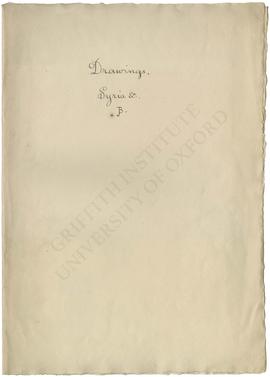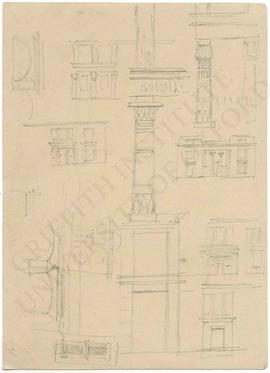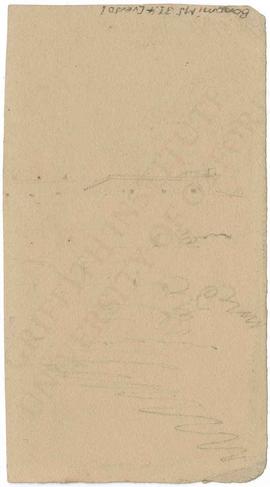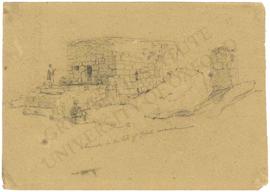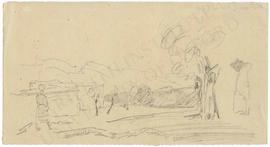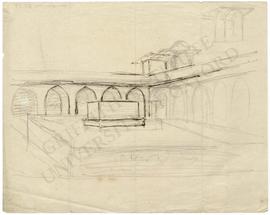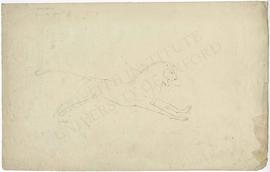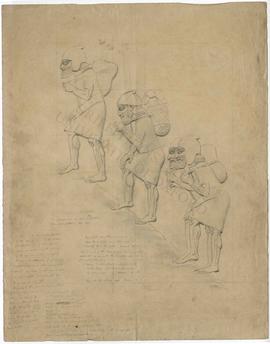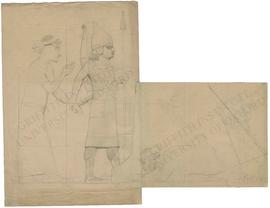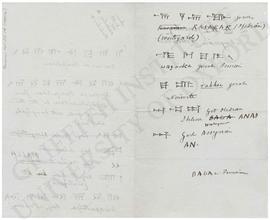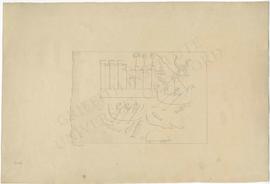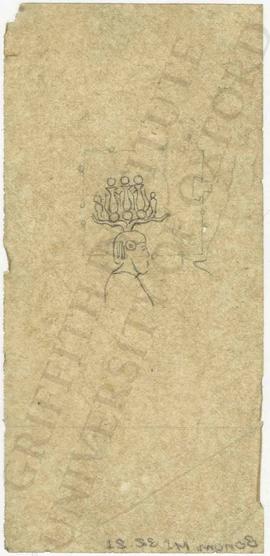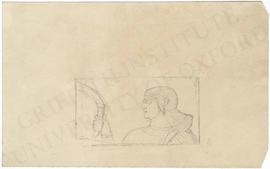Correspondence from Rosalind Louisa Beaufort Moss relating to her work at the Griffith Institute and research for the Topographical Bibliography. Includes research on Princess Ahmose Hentempet, early travellers in Egypt, Queen Khnemtnefert-hezet, as well as seeking information on Egyptian antiquities, and collections of antiquities and manuscripts.
Also includes letter relating to Charles Wilkinsons' work in Iran (1941) and cataloguing the papers of William John Bankes which were donated to the Griffith Institute.
Also includes draft replies from Newberry including relating to a sketchbook belonging to Sir Charles Barry, the papers of Bankes, and photographs from the tomb of Tutankhamun.
Also includes letter of thanks to Newberry's wife Essie.
Note:
MSS 31/29 is also numbered 52
MSS 31/31 is also numbered 228
